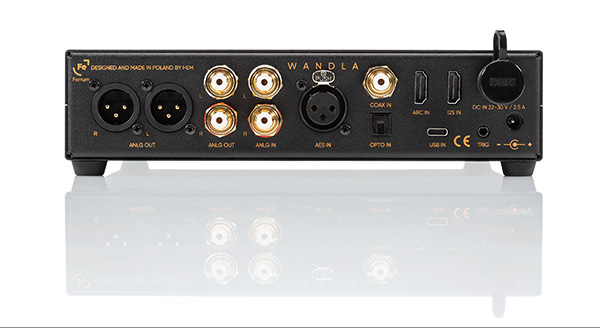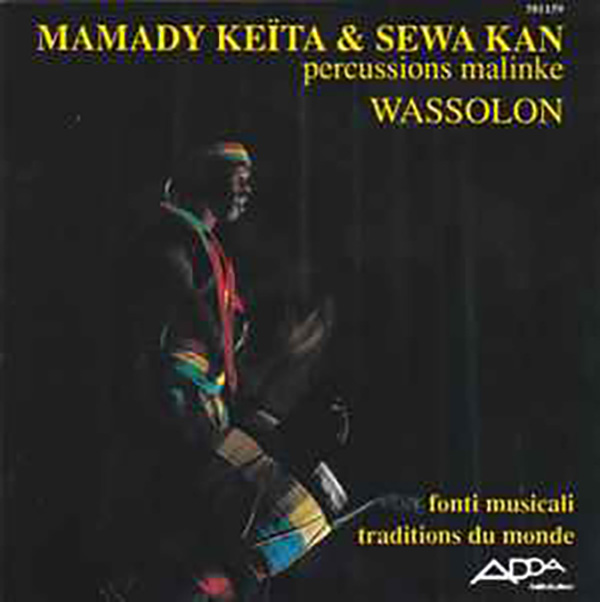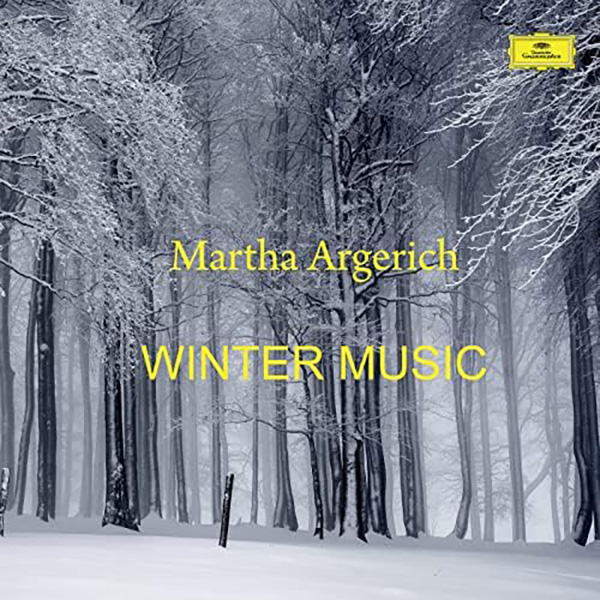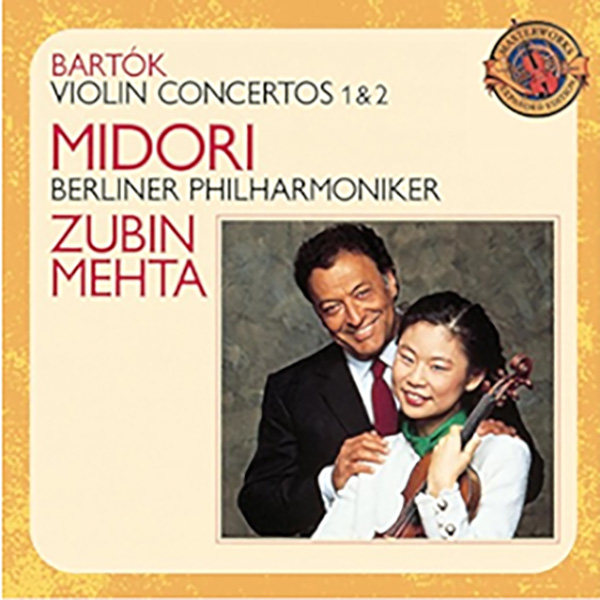| Columns Retired Columns & Blogs |
I wish I had the dosh for this and the power supply. Those filters seem like some next-level engineering. Another listen at AXPONA is in order for sure. Thanks for the review and your succinct conclusion- a great way to spend 1/3 to get $10k sound.


















































